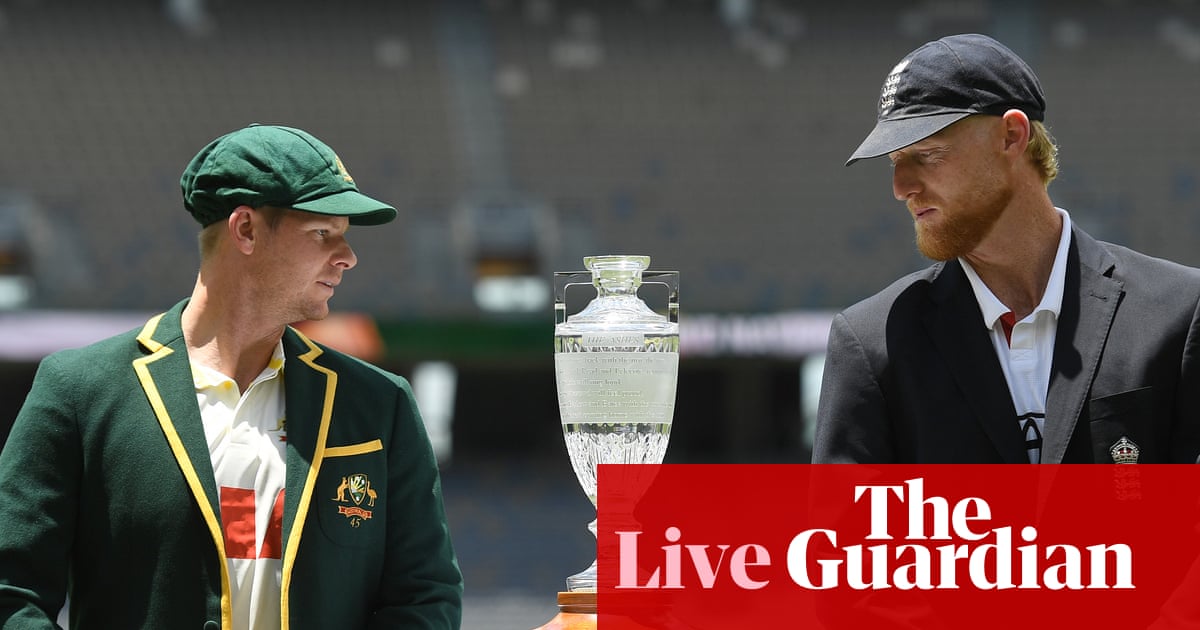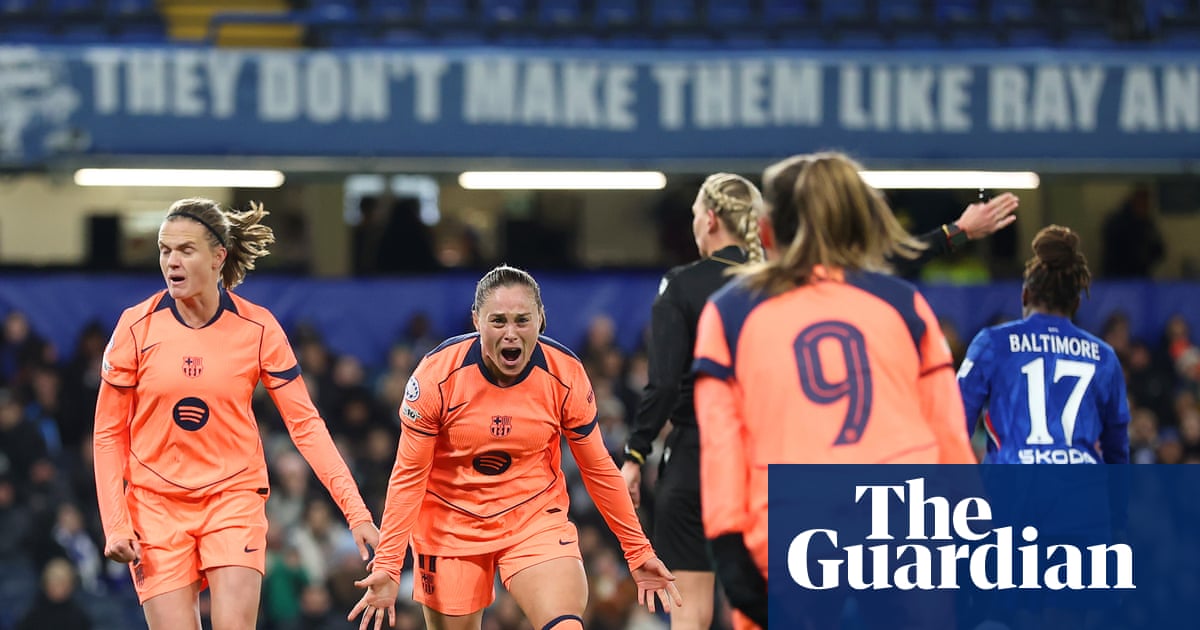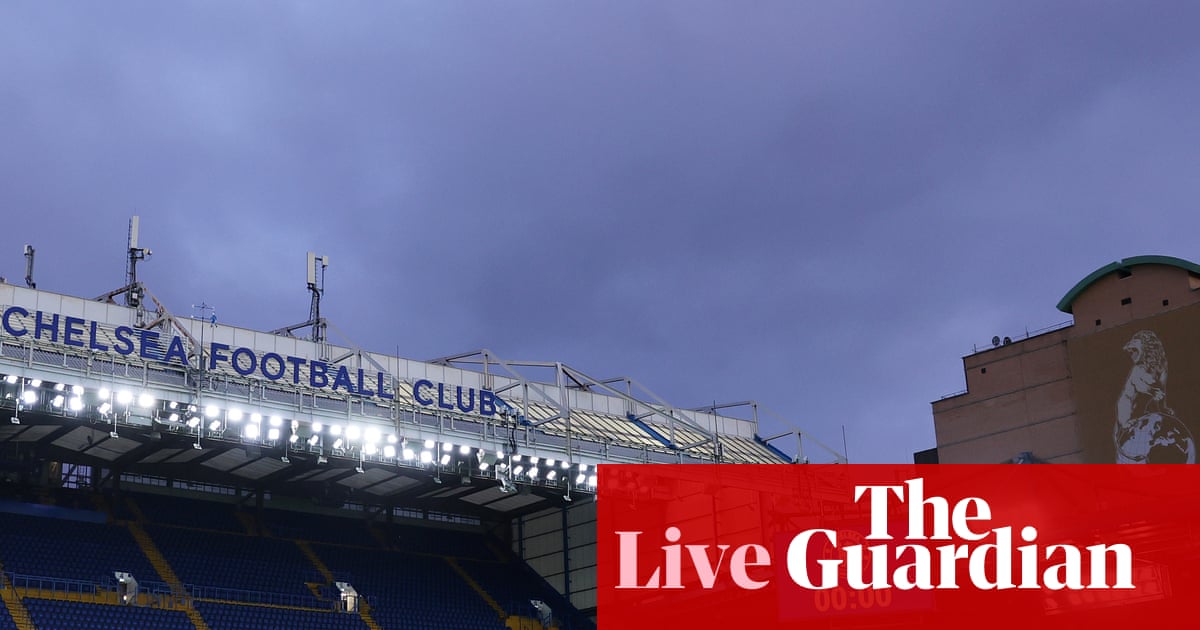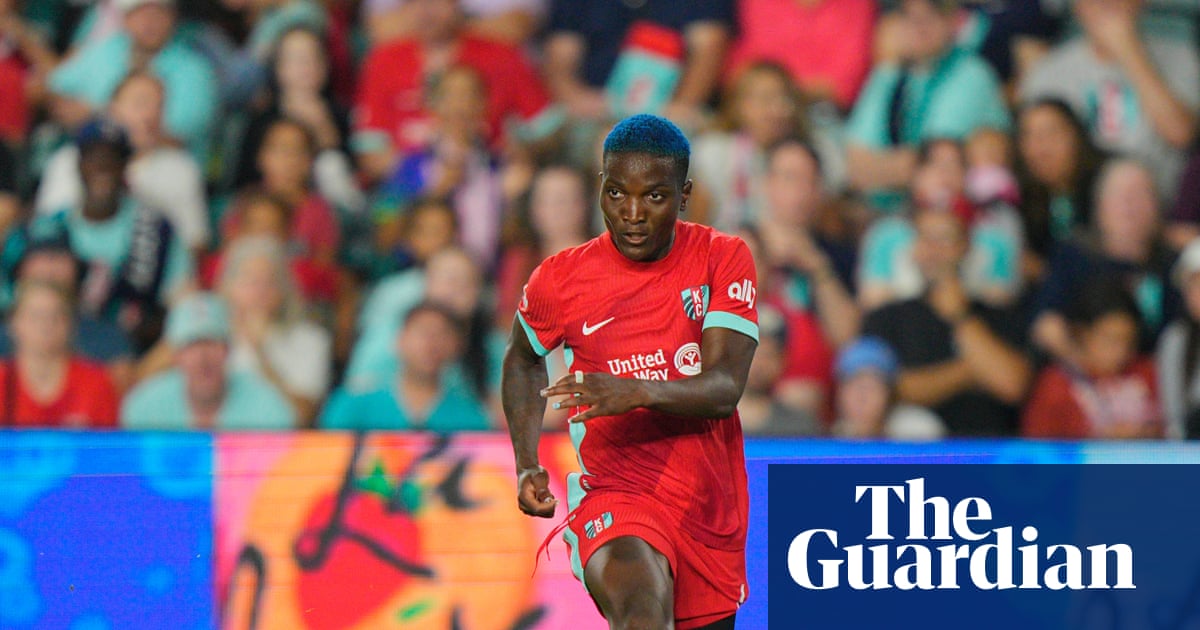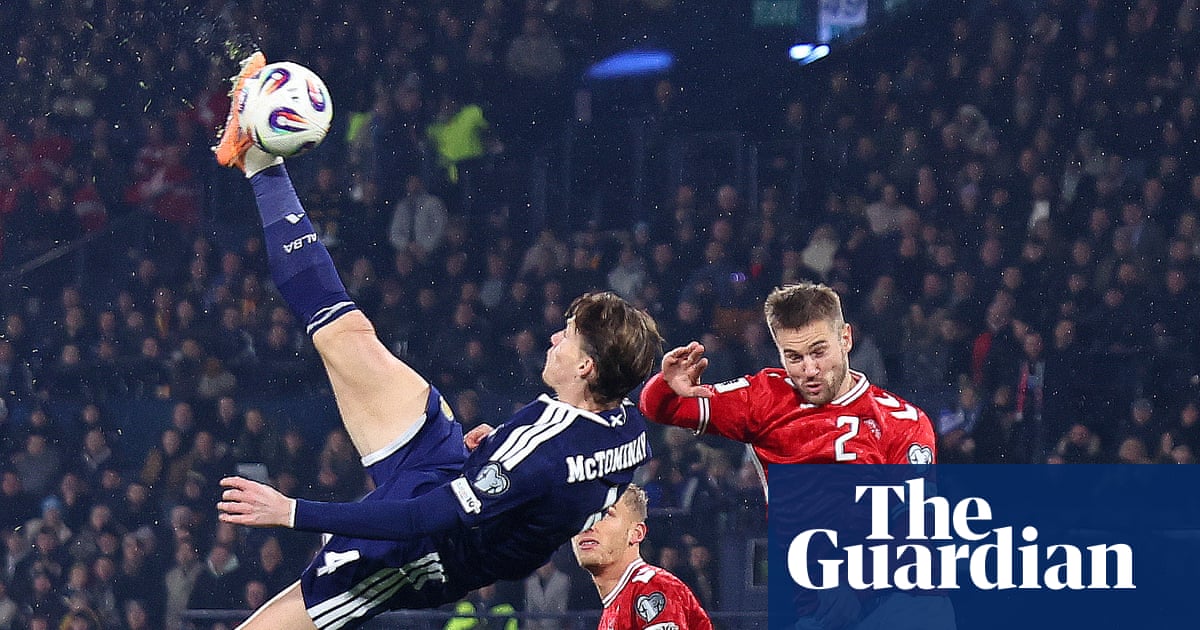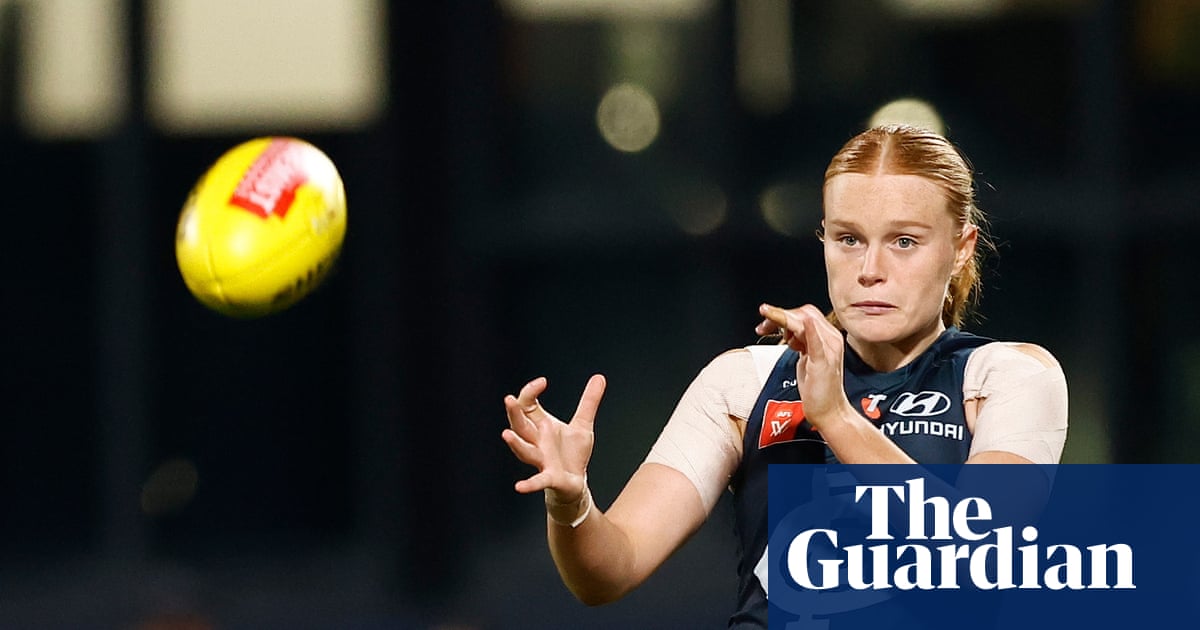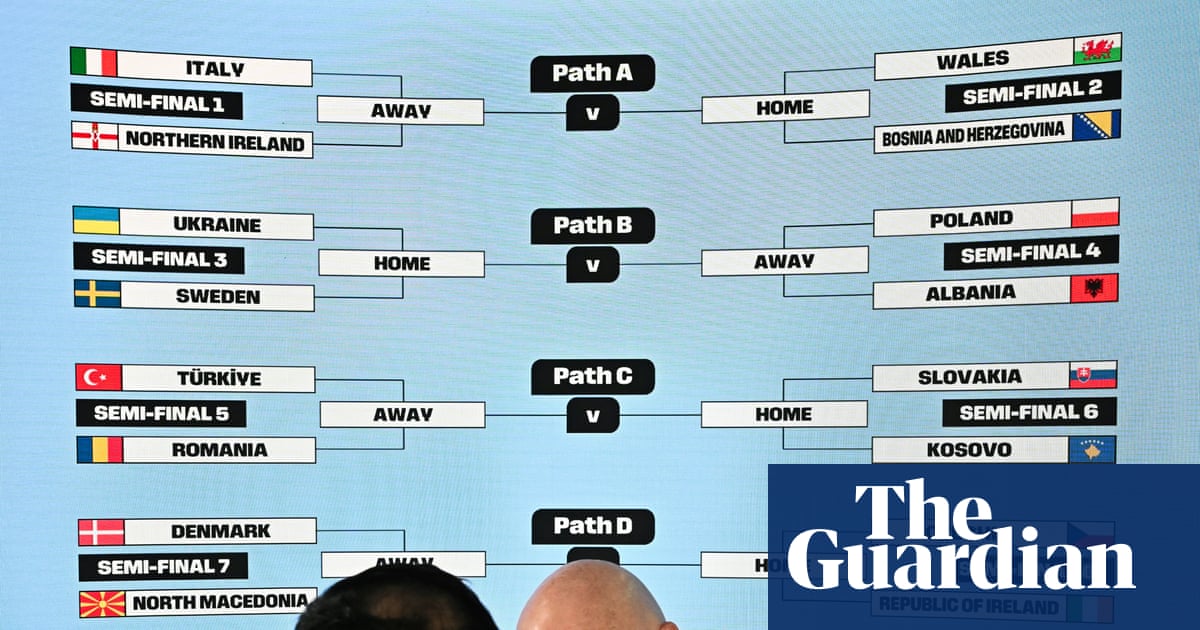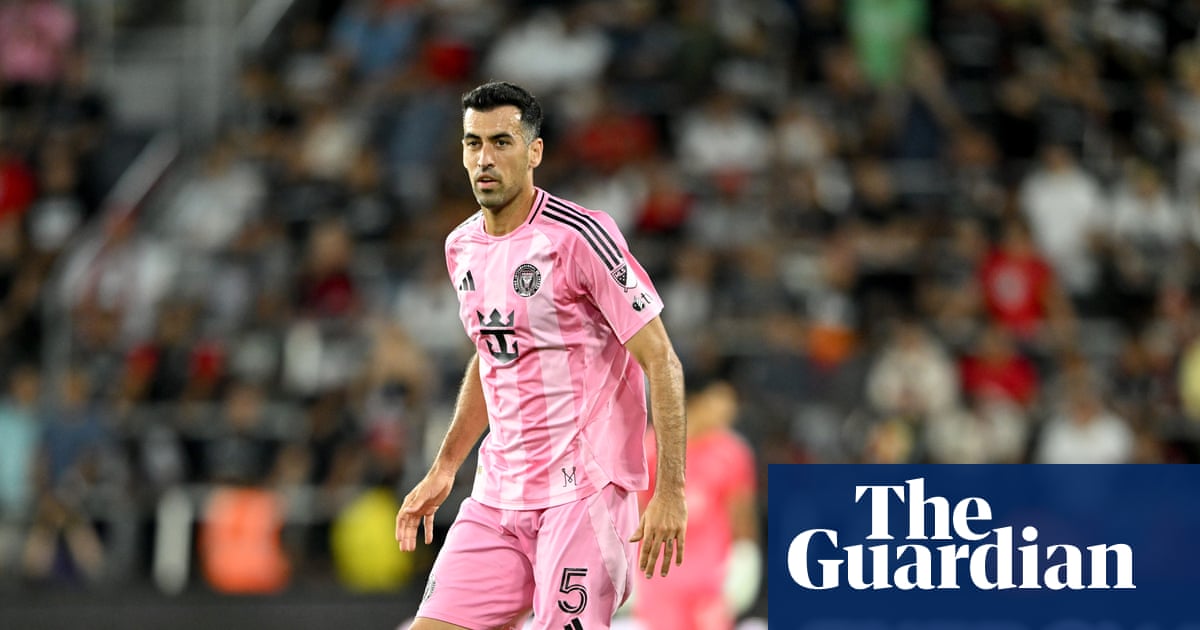It was an image that dominated the back pages. When Chris Woakes walked down the steps at the Oval, the crowd stood to applaud this noble deed. With his left arm in a sling and inside his jumper, Woakes arrived at the crease with England requiring 17 runs to win the final Test against India.
With Woakes suffering a dislocated shoulder, Gus Atkinson (or extras) would have to get England over the line. Alas, England fell agonisingly short, the sheer will and skill of Mohammed Siraj helping India to win the Test and deservedly draw in the series. Woakes’ bravery jogged the memories of England supporters of a certain age. The circumstances were very different from the tail end of England’s innings at the Oval, but in July 1984 another English batter arrived on the scene sporting the Woakes look. Paul Terry could probably relate to Woakes’ pain.
The Old Trafford Test of the England v West Indies series in 1984 was moving along a familiar path. Trailing 3-0, England had managed to reduce Clive Lloyd’s team to 70 for four on the first day, before a marvellous double hundred from Gordon Greenidge and a century from Jeff Dujon propelled the tourists to 500. Could England stand up to the challenge they were about to face?
In fairness, Graeme Fowler and Chris Broad put on 90 for the first wicket, Fowler courageously continuing his innings after being struck on the helmet by Winston Davis. But as soon as Eldine Baptiste bowled Fowler, the house of cards came tumbling down. In the blink of an eye, 90 for none became 147 for five and, with Terry in hospital, England were effectively six wickets down and staring defeat in the face.
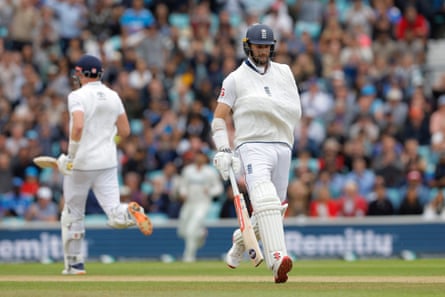
Terry’s second Test had already been a sore experience. Struck on the knee and chest when fielding at short leg, the Hampshire batter came in at the fall of the first wicket and had moved on to seven when he prepared to face the ferocious Davis. The delivery was slightly short of a length and soon it became clear that Terry was not in a good position to play the ball.
“I went to duck but, when it didn’t get up, I just turned away at the last moment to make sure it didn’t get my head,” said Terry. The ball thumped into Terry’s left arm and, without an arm guard to protect him, there was trouble ahead for Terry. Led from the field with the pained expression of someone who had just been struck on the arm with a fast moving cricket ball, Terry went to hospital for scans.
“Terry has a broken left forearm and will not play again this season,” Matthew Engel reported in the Guardian. With England ending day three on 163 for five, defeat seemed inevitable when play resumed after the rest day. But there was one positive to take from the match. As Allan Lamb moved on to 98, a third successive Test century against that mighty West Indies team was tantalisingly close. But Pat Pocock and Norman Cowans departed to leave England on 278 for nine. With Terry not expected to take any further part in the match, Lamb looked like he was left stranded on the verge of a personal milestone.
The West Indians prepared to leave the field. “Suddenly, the England dressing room door opened and Gower appeared on the balcony, signalling that everyone should stay where they were,” Engel wrote. Somehow Terry was getting ready to resume his innings. “High drama and pathos here at Old Trafford,” noted the excellent Richie Benaud.
Terry was returning to help Lamb to his hundred and, with England 23 runs short of saving the follow-on, there was a small chance that both goals could be achieved. “He looked half Napoleonic, half pregnant,” Engel continued, as Terry slowly made his way to the non-striker’s end. Lamb faced five deliveries from Michael Holding before turning the last ball of the over to fine leg. And then the confusion kicked in.
“When Paul came in, I thought the intention was that he wasn’t to face a ball,” said Lamb. “I wanted a single from my last stroke but Paul ran for two and said he was prepared to give it a go.” Lamb raised his bat to mark his fine achievement – the first England player to score three hundreds in consecutive Tests since Ken Barrington in 1967 – before looking to skipper David Gower on the England balcony.
Instead of declaring the innings after Lamb’s hundred, Gower remained unmoved. Terry was now preparing to face Joel Garner with one arm. “I said to him [Lamb] we might as well try to carry on,” Terry said. “I might be able to nick a few and we could save the follow-on. It was a remote possibility but it was worth having a go.”
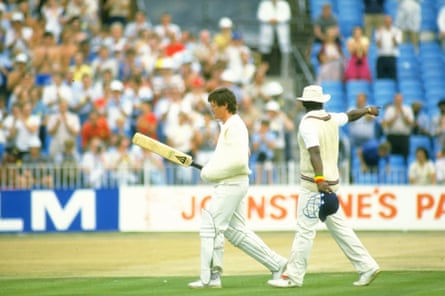
You have to admire Terry’s optimism. But after sending down one ball, Garner inevitably bowled Terry with the next to end the England innings. “I was backing away so far I was nearly at square leg when Joel bowled,” Terry joked. “Pat Pocock suggested I should bat left-handed to protect my arm but I said I didn’t want to finish up with two broken arms.”
Some criticised Gower for his decision and others thought Lamb had been selfish in trying to reach his century. But Terry cleared both of any wrongdoing. “It was my decision to go in. I thought I could help Allan out.” At least there was no danger of Terry being required to fight for the draw in the second innings. A defeat by an innings and 64 runs followed the day after.
Terry never played for England again but he did at least make an impression in his brief Test career. Putting his body on the line for the cause, Terry demonstrated admirable qualities. After what happened at the Oval, Woakes will be hoping his time in an England shirt does not end in the same way.
This article is by Steven Pye for That 1980s Sports Blog
.png)
 3 months ago
36
3 months ago
36
